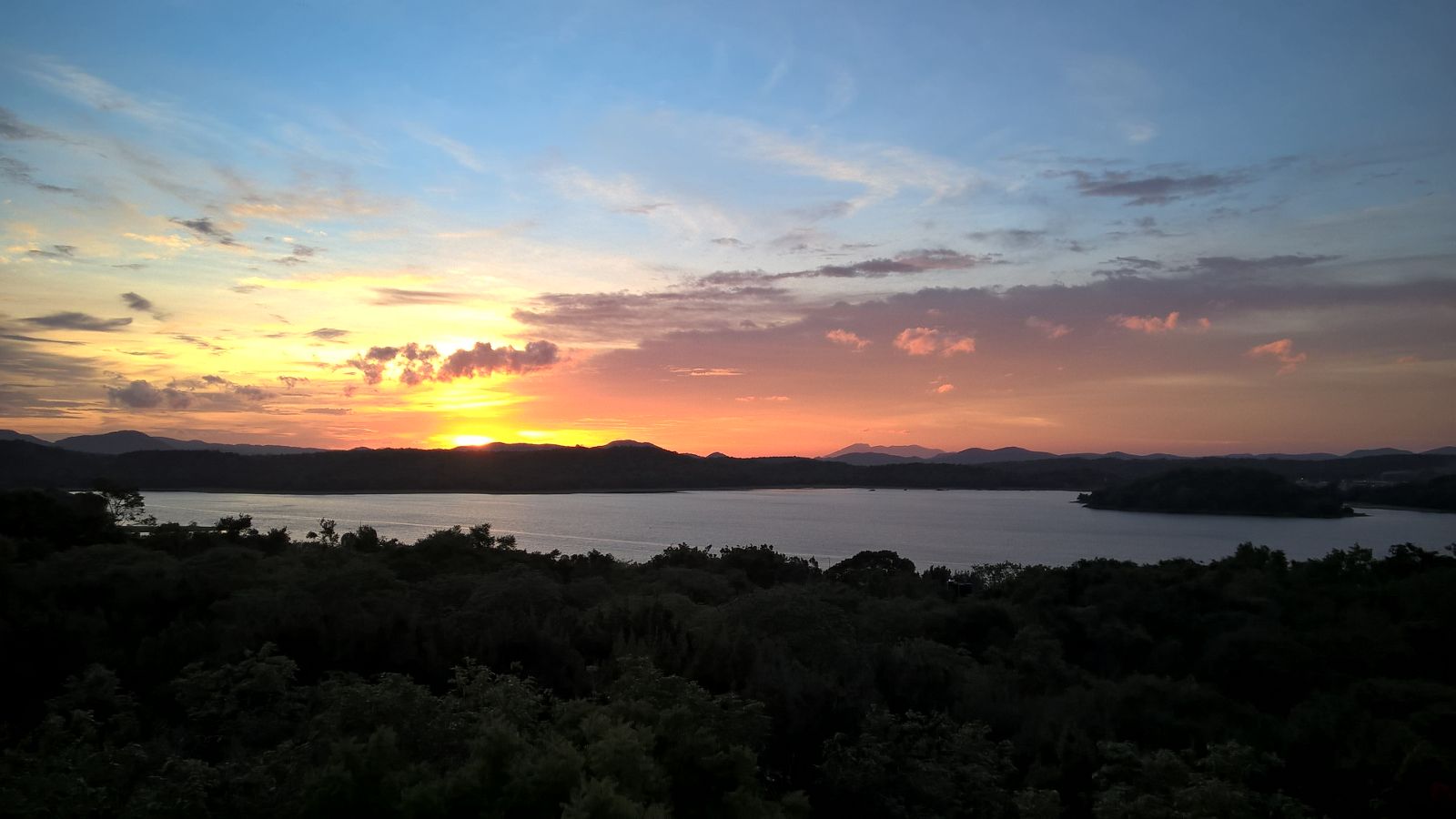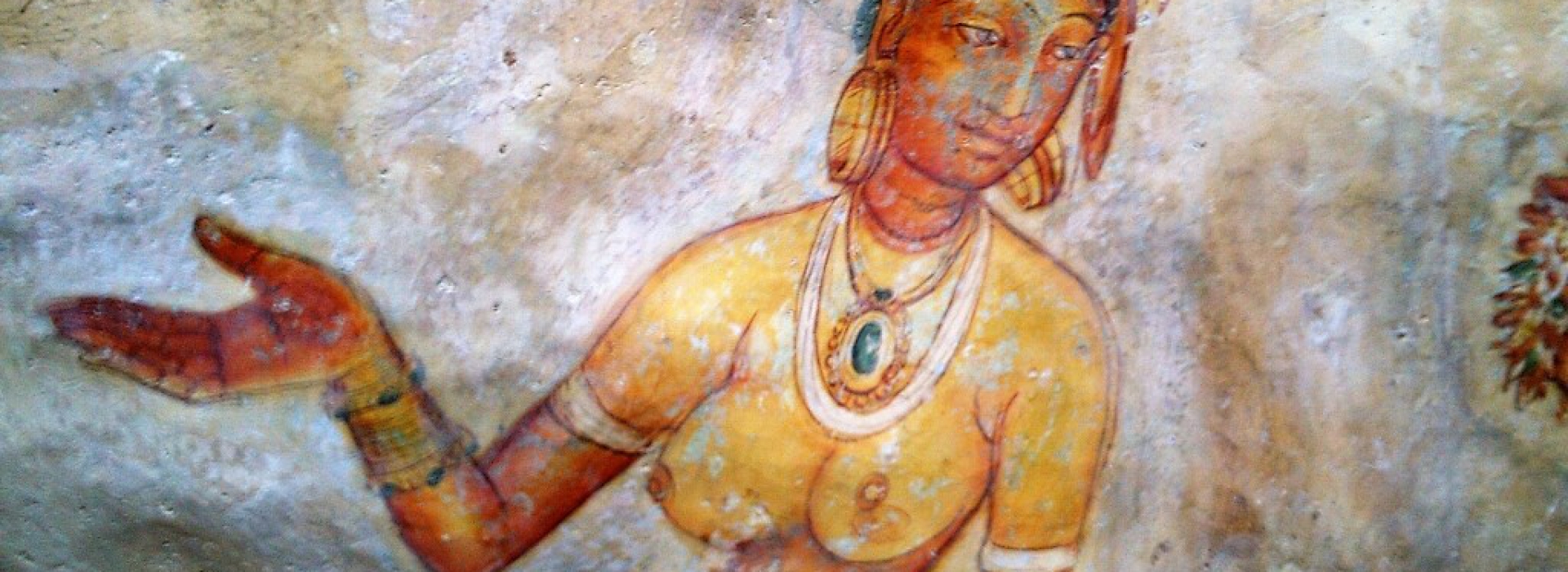Ancient Rock Fortress Sigiriya
Exploring the Majestic Sigiriya Rock Fortress of Sri Lanka
Nestled in the heart of Sri Lanka's lush central plains, the Sigiriya Rock Fortress stands as a testament to the island's rich history and architectural ingenuity. Known locally as Singhagiri or Lion Rock, this ancient fortress is one of the most valuable historical monuments of Sri Lanka, with its origins dating back to the 5th century AD.
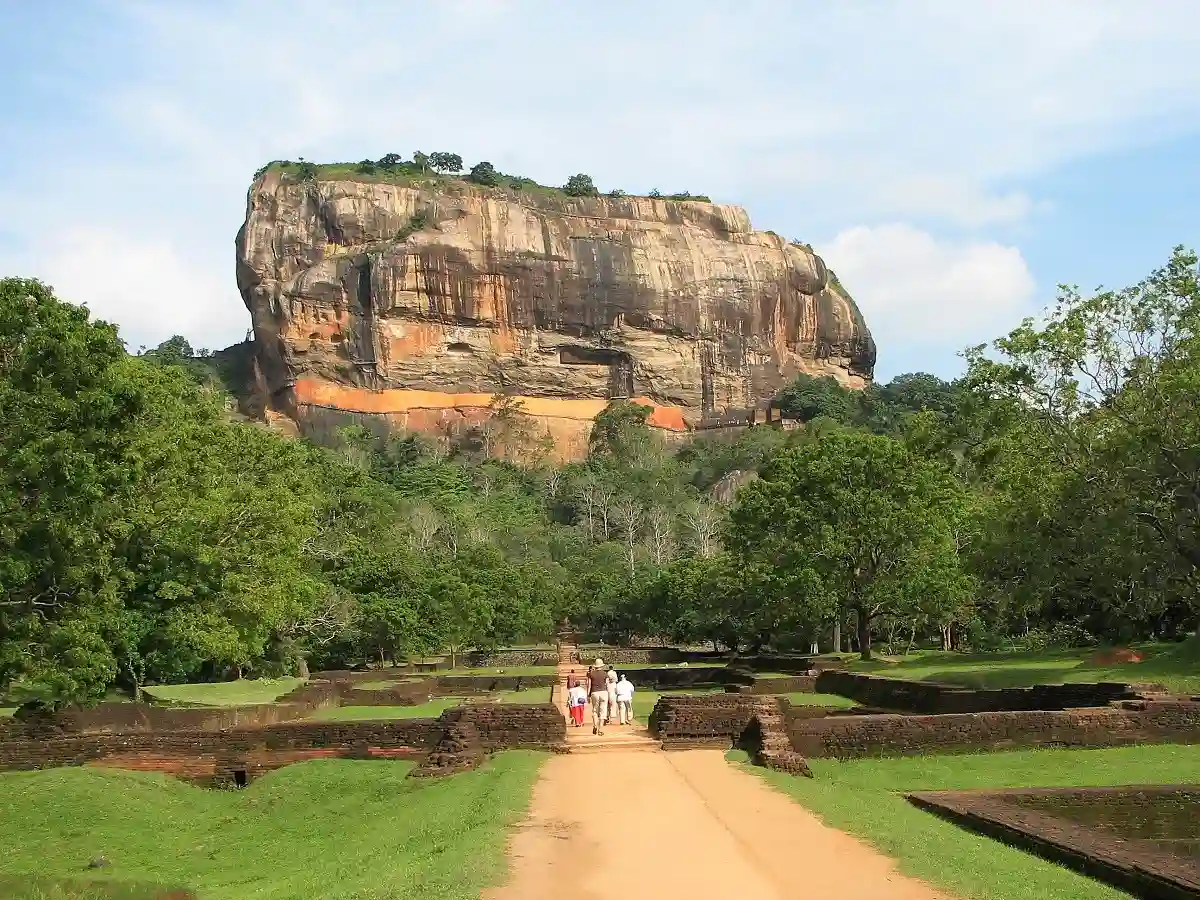
The creation of Sigiriya Rock Fortress is attributed to King Kashyapa (AD 477–495), who sought to build an impregnable palace and capital atop the 200-meter high granite rock. The site was selected for its strategic advantages, offering visibility over the surrounding countryside and natural defenses against invaders. The king's palace was constructed on the flat summit of the rock, which was accessed through a series of galleries and staircases emerging from the mouth of a colossal lion carved into the bedrock. Today, visitors can still ascend to the palace through the lion's paws, although the upper parts of the structure have long since crumbled away.
Sigiriya is renowned not only for its historical significance but also for its remarkable features, such as the Mirror Wall, once polished to such an extent that the king could see his reflection as he walked alongside it. The wall is now partially covered with verses scribbled by visitors from as early as the 8th century AD. Another highlight is the frescoes, which depict celestial maidens and are considered to be some of the most important mural paintings of the ancient world.
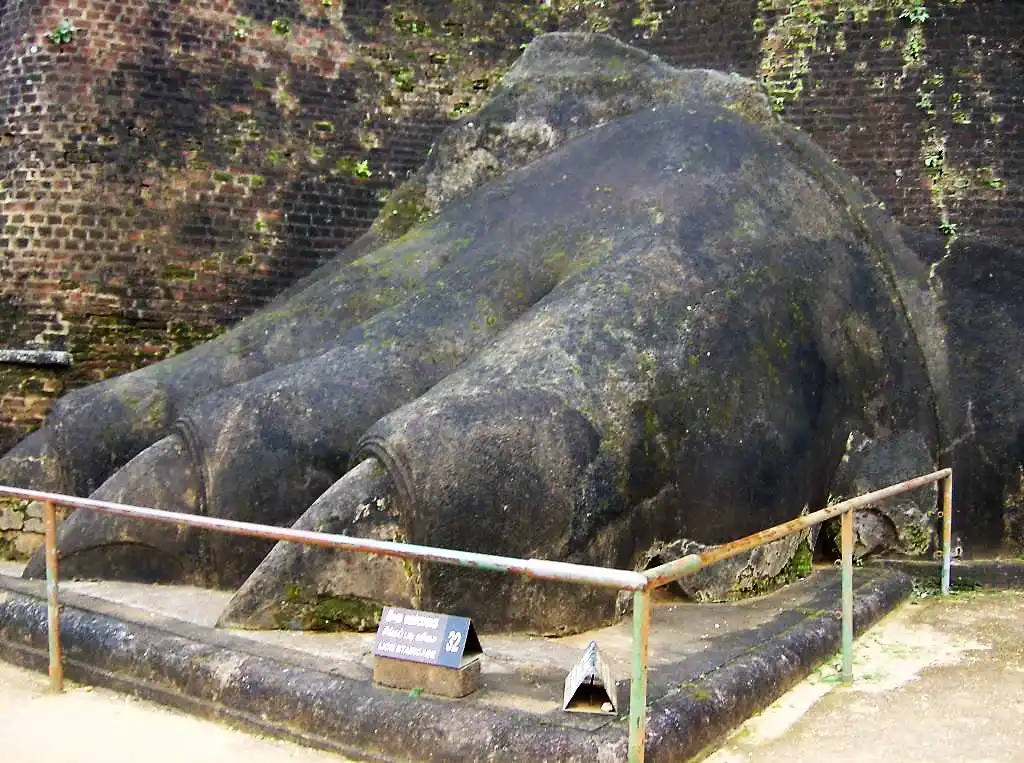
The fortress is surrounded by an extensive network of gardens, reservoirs, and other structures that are among the oldest landscaped gardens in the world. The Water Gardens, in particular, display a sophisticated hydraulic system consisting of canals, locks, lakes, and dams. These gardens are a marvel of urban planning and are aligned with the cardinal points of the compass.
Sigiriya's significance is recognized globally, having been designated a UNESCO World Heritage Site in 1982. It is praised for its unique combination of urban planning, architecture, gardening, engineering, hydraulics, and art, all interwoven into the natural elements of the rocky outcrop.
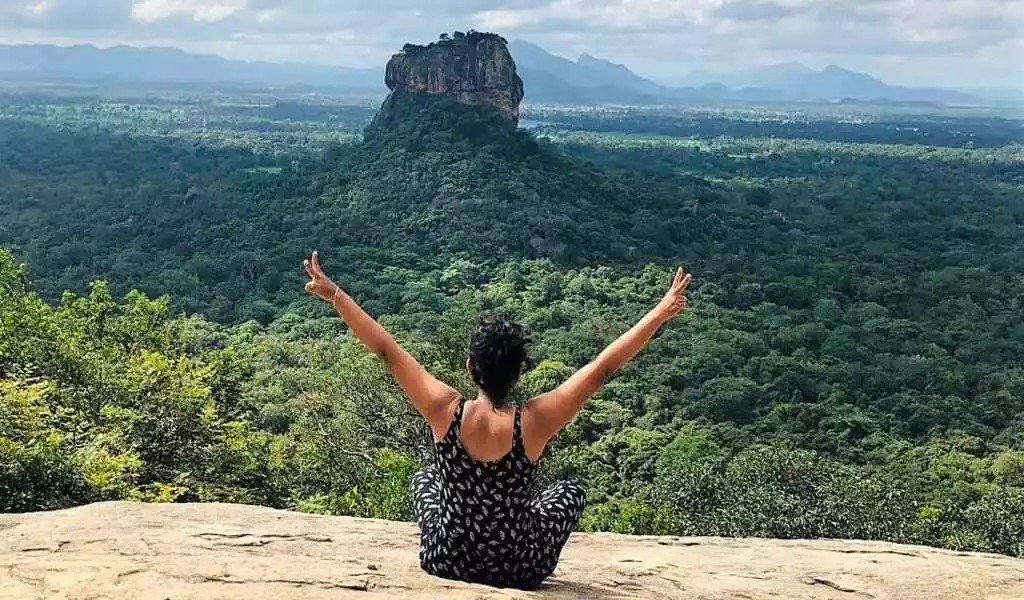
Climbing the Sigiriya Rock Fortress
For those planning to visit this iconic site, it is advisable to allocate sufficient time to fully appreciate its beauty and complexity. The climb to the top can be strenuous, but the panoramic views of the surrounding jungles and farmland are a rewarding experience. The best times to visit are early morning or late afternoon when the heat is less intense.
Sigiriya continues to captivate historians, archaeologists, and tourists alike, offering a glimpse into Sri Lanka's glorious past. It remains a symbol of the island's resilience and creativity, and a must-visit for anyone interested in the confluence of nature and human history.
Opening hours Sigiriya Lion Rock
07:00 AM till 05:30 PM the last entrance is at 05:00 PM.
Interested in visiting the Sigiriya Rock Fortress? it is possible to visit the Sigiriya Rock in 1 Day.
Take a look on our day tour package to Sigiriya & Dambulla.
